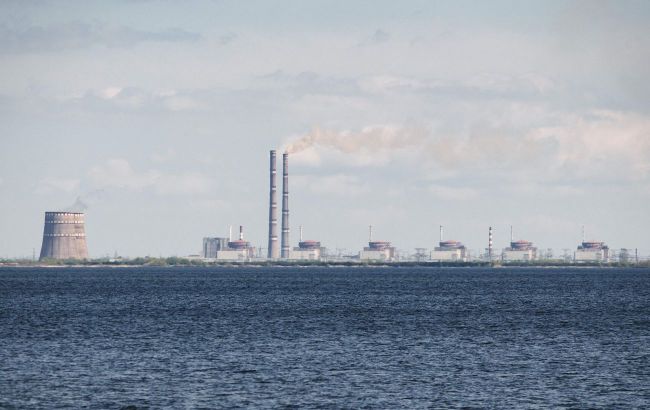Zaporizhzhia Nuclear Power Plant Unit 5 being put into cold shutdown, IAEA
 Unit 5 of Zaporizhzhia NPP is being put into cold shutdown (Photo: Getty Images)
Unit 5 of Zaporizhzhia NPP is being put into cold shutdown (Photo: Getty Images)
The fifth power unit at the temporarily occupied Zaporizhzhia NPP has transitioned from hot shutdown to cold shutdown, according to the International Atomic Energy Agency press service.
This was done to identify the cause of boron detection in the cooling system. Following the cold shutdown of Unit 5, one of the plant's six reactors will remain in hot shutdown mode to generate steam and heat.
A "cold shutdown" is a safe condition of a nuclear reactor when it is deactivated and has low water pressure and temperature. In a hot shutdown, the idle reactor heats the water.
The reactor unit began the transition to cold shutdown mode on November 20 and was set to finish on November 21. The International Atomic Energy Agency has reported that the concentration of boron in the damaged cooling circuit is within acceptable technical limits.
Situation at ZNPP
On November 19, boron water leaked from the coolant of the first circuit of the fifth power unit at Zaporizhzhia Nuclear Power Plant (ZNPP), which is currently under temporary Russian occupation.
Before this, on November 16, Energoatom had reported that the leakage of reagents from the first circuit to the second circuit at ZNPP was ongoing due to the interventionists' actions at Unit 5.
It should be noted that on November 14, there was a partial power outage at the ZNPP plant where Unit 6 was de-energized. Subsequently, diesel generators and security systems were started and were in operation for 90 minutes.

